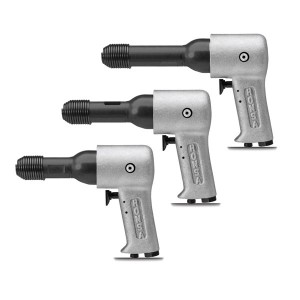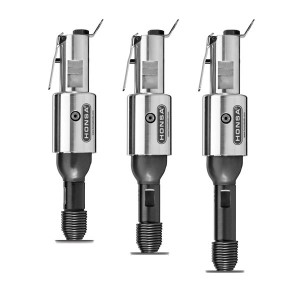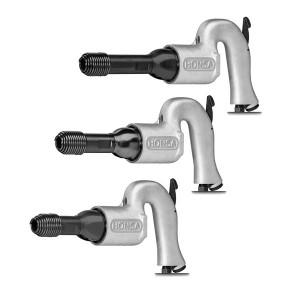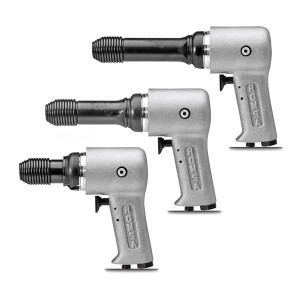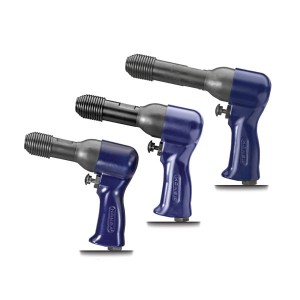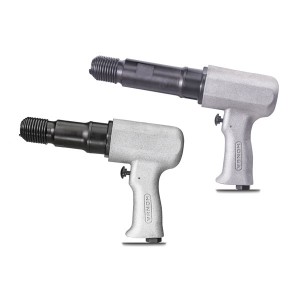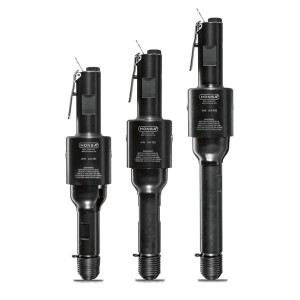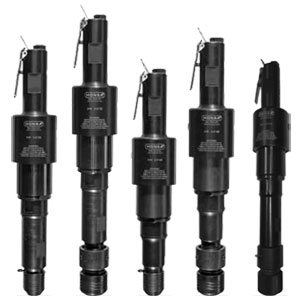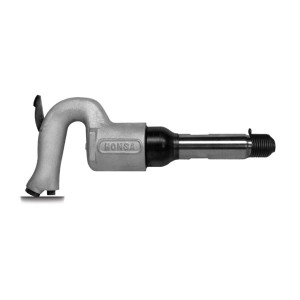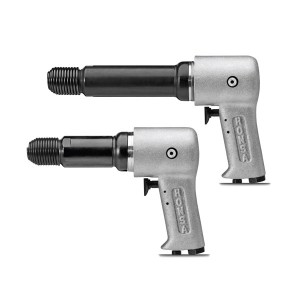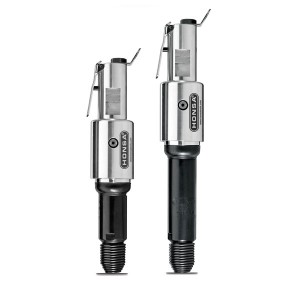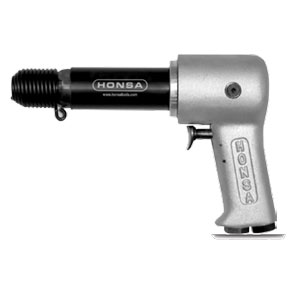.401 Shank Type ASSEMBLY TOOLS
.401 Shank .498 Shank .432 Hex ASSEMBLY TOOLS
Bearing Driver FAQ
What are bearing drivers?
Bearing drivers are a metal shaped devices inserted into a pneumatic power tool used to install bearings.
What are bearing drivers used for?
Bearing drivers are used in combination with handheld pneumatic percussive tools to install bearings into assemblies which require them.
How to use a bearing driver?
A bearing driver is inserted into a handheld pneumatic percussive tool and then the power tool is engaged to install a bearing into an assembly which requires a bearing. This process is used to eliminate the potential for injury to the operator and provide quick and accurate assembly.
Pin Driver FAQ
What are pin drivers?
Pin drivers are a metal shaped device inserted into a pneumatic power tool used to dowel pins, roll pins and various cylindrical parts.
What are pin drivers used for?
Pin drivers are used in combination with handheld pneumatic percussive tools to install dowel pins, roll pins or locating pins into assemblies which require them.
How to use a pin driver?
A pin driver is inserted into a handheld pneumatic percussive tool and then the power tool is engaged to install a pin or roll pin or dowel pin into an assembly or locating hole which requires a pin. This process is used to eliminate the potential for injury to the operator and provide quick and accurate assembly.
Bushing Driver FAQ
What are bushing drivers?
Bushing drivers are a metal shaped device inserted into a pneumatic power tool used to install various sizes and types of metal bushings.
What are bushing drivers used for?
Bushing drivers are used in combination with handheld pneumatic percussive tools to install various bushings used in machinery assemblies which require them.
How to use a bushing driver?
A bushing driver is inserted into a handheld pneumatic percussive tool and then the power tool is engaged to install the bushing into an assembly or locating hole which requires a bushing. This process is used to eliminate the potential for injury to the operator and provide quick and accurate assembly.






